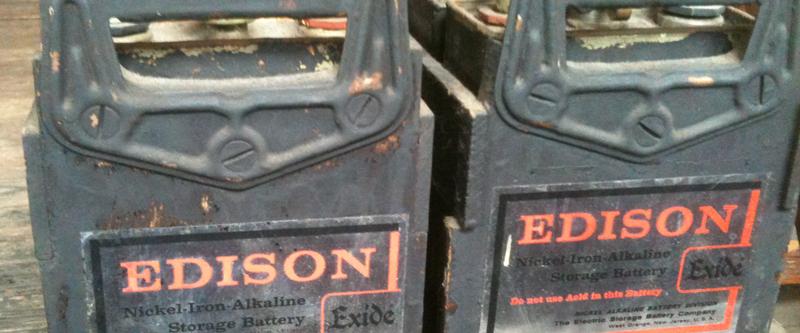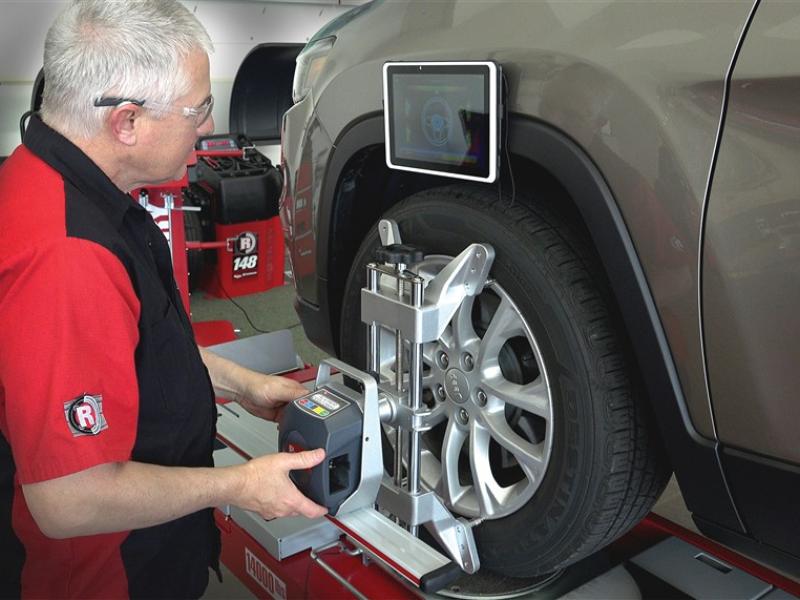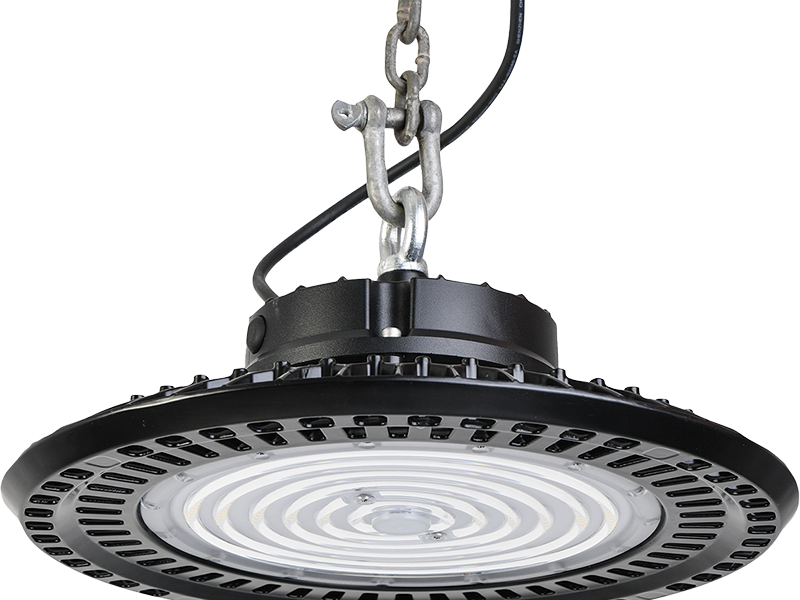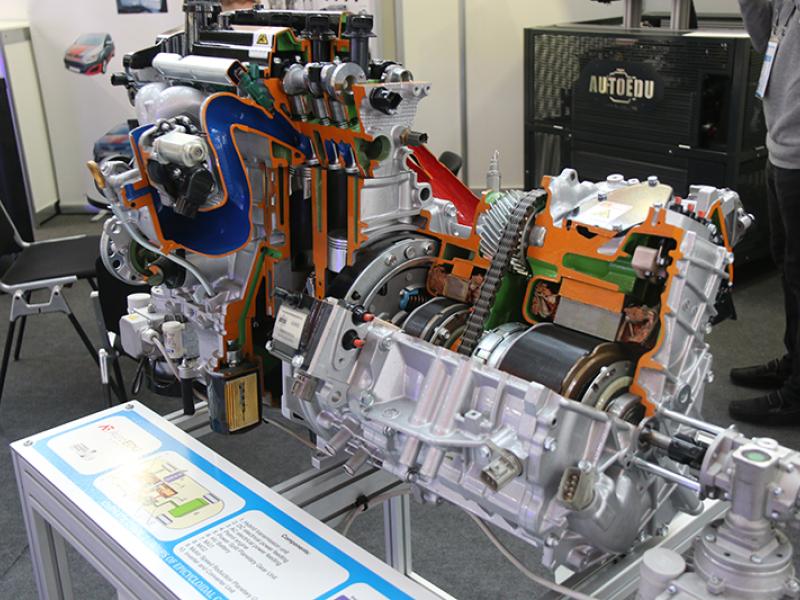A shortened version of an article from www.batteryuniversity.com. Reproduced with permission.
When one considers the first rechargeable battery was invented back in 1859 by Frenchman Gaston Plante – although there had been many different types of batteries before then which could only be used once – it seems inconceivable that Plante’s basic principles have changed little since then, especially in regard to automotive applications, and particularly the lead acid battery.
Which doesn’t mean there hasn’t been any progress in the battery field; today’s lead acid batteries are reliable, long-lived, low cost, and virtually maintenance free.
Since then new battery systems have come along with lots of promise, and some distinct advantages, but none provides a fully satisfactory solution.
For many years, nickel-based batteries delivered reasonably good service, but this chemistry is being superseded, with lithium-ion offering higher specific energy (capacity), lower self-discharge and no maintenance.
Lead acid, with its many warts and blemishes, still holds a solid position and will continue to keep its lead as starter and deep-cycle battery. No other system can meet the price and robustness on bulk power.
Never has there been so much activity in battery research, however, and the electric vehicle (EV) is the catalyst for this frenzy.
Expectations are high and the media is quick to announce a new battery that promises long runtime, good durability and is environmentally friendly. Some systems show good potential, but most are years away from becoming commercially viable, while many disappear without a trace.
Typical failings are weak load capabilities and short cycle life. Even a lemon can be made into a battery. Just poke a copper coin and galvanised nail into one. The power is low, and it takes 500 lemons to light a flashlight bulb.
Using seawater as an electrolyte has also been tried. Corrosion of the plates limits the useful service life and renders the seawater battery impracticable.
Let’s have a look at the important milestones and developments.
Nickel-iron
Invented in 1899 by Sweden’s Waldemar Jungner, and further developed in 1901 byThomas Edison, the nickel-iron battery (NiFe) uses an oxide-hydroxide cathode and an iron anode with potassium hydroxide electrolyte to produce a nominal cell voltage of 1.2V.
NiFe is resilient to overcharge and over-discharge and can last for more than 20 years in standby applications. It resists to vibrations and high temperatures but has a low specific energy of about 50Wh/kg, has poor low-temperature performance and exhibits high self-discharge of 20 to 40 percent a month.
Nickel-zinc
Nickel-zinc (NiZn) batteries are similar to nickel-cadmium in that they use an alkaline electrolyte and a nickel electrode, but differ in voltage; NiZn provides 1.6V/cell rather than 1.2V, which NiCd delivers.
Nickel-zinc was first developed in the 1920s. Low cost, high power output and good temperature operating range make this chemistry attractive, and NiZn is being revived for commercial uses, although it cannot take trickle charge and is good for only 200–300 full cycles; however it has no heavy toxic materials and can be recycled.
Nickel-hydrogen
When research for nickel-metal-hydride began in 1967, problems with metal instabilities shifted the development towards the nickel-hydrogen battery (NiH). NiH uses a steel canister to store the hydrogen gases at a pressure of 1,200psi (8,270kPa). The cell includes solid nickel electrodes, hydrogen electrodes, gas screens and electrolyte that are encapsulated in the pressurised vessel. Expensive, and mainly used in satellites.
Zinc-air
Zinc-air batteries generate electrical power by an oxidation process of zinc and oxygen from the air. The cell can produce 1.65V, but 1.4V and lower achieves a longer lifetime.
Removing a sealing tab activates the battery by enabling airflow and the battery reaches full operating voltage within five seconds. Once turned on, the battery cannot be stopped. Typical applications are hearing aids and safety lamps at construction sites.
Silver-zinc
The silver-zinc battery served as an important power source in defence, aerospace, high-end TV cameras and other professional equipment that needed long runtime. High cost, short service life and the advent of Li-ion caused silver-zinc to lose favour.
Sodium-sulphur
Sodium batteries, also known as molten salt or thermal battery, come in primary and secondary versions. The battery uses molten salts as an electrolyte and operates at a temperature of 400–700 deg.C. Newer designs run at a lower 245–350deg.C .
The modern rechargeable sodium-sulphur is known as a sodium-nickel-chloride battery or ZEBRA, names after the Zeolite Battery Research Africa project. The battery has a nominal cell voltage of 2.58V and a specific energy of 90–120Wh/kg, a level comparable with Li-manganese and Li-phosphate.
The service life is about eight years and 3,000 cycles. It can be fast-charged, is non-toxic and the raw materials are abundant and at low-cost. ZEBRA batteries come in large sizes of 10kWh or higher.
Typical applications are forklifts, submarines and electric cars in continuous use, such as taxis and delivery vans. The ZEBRA battery must be heated to 270–350 deg.C, which consumes energy, and it takes three to four days to cool down.
Lithium-metal (Li-metal)
Most lithium-metal batteries are non-rechargeable. In 2010, a trial Li-metal-polymer with a capacity of 300Wh/kg was tested in an experimental electric vehicle (this compares to 80Wh/kg for the Nissan Leaf), but safety remains a major issue.
Lithium-air (Li-air)
Li-air batteries uses a catalytic air cathode that supplies oxygen, as well as a lithium anode and electrolyte. Scientists anticipate an energy storage potential that is five to 10 times larger than that of Li-ion, but say it will take one to two decades before the technology can be commercialised.
Lithium-sulphur (Li-S)
By virtue of the low atomic weight of lithium and the moderate weight of sulphur, lithium-sulphur batteries offer a very high specific energy of 550Wh/kg, about three times that of Li-ion, and a specific power potential of 2,500Wh/kg, but are still at the scientific stage.






